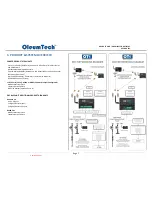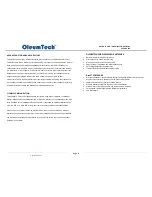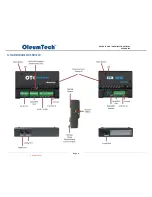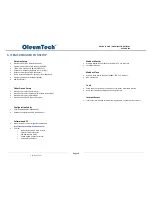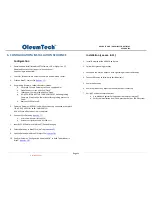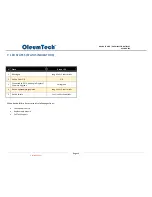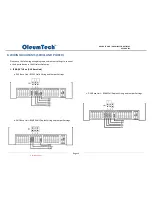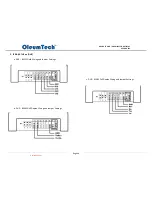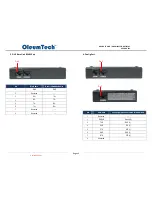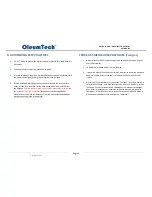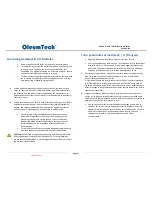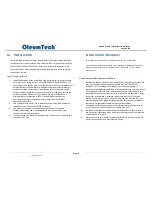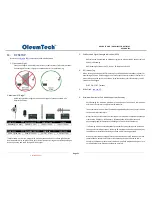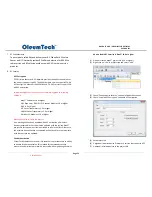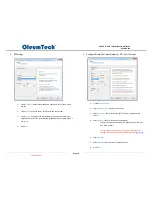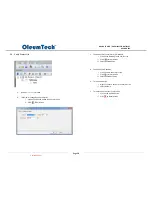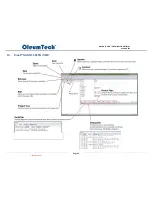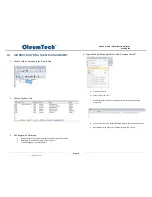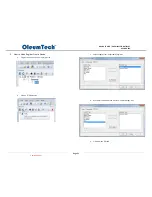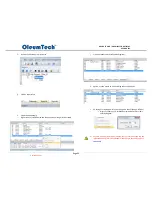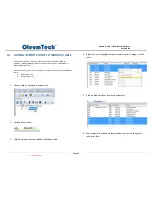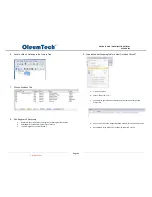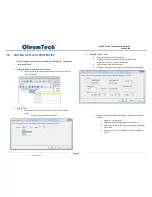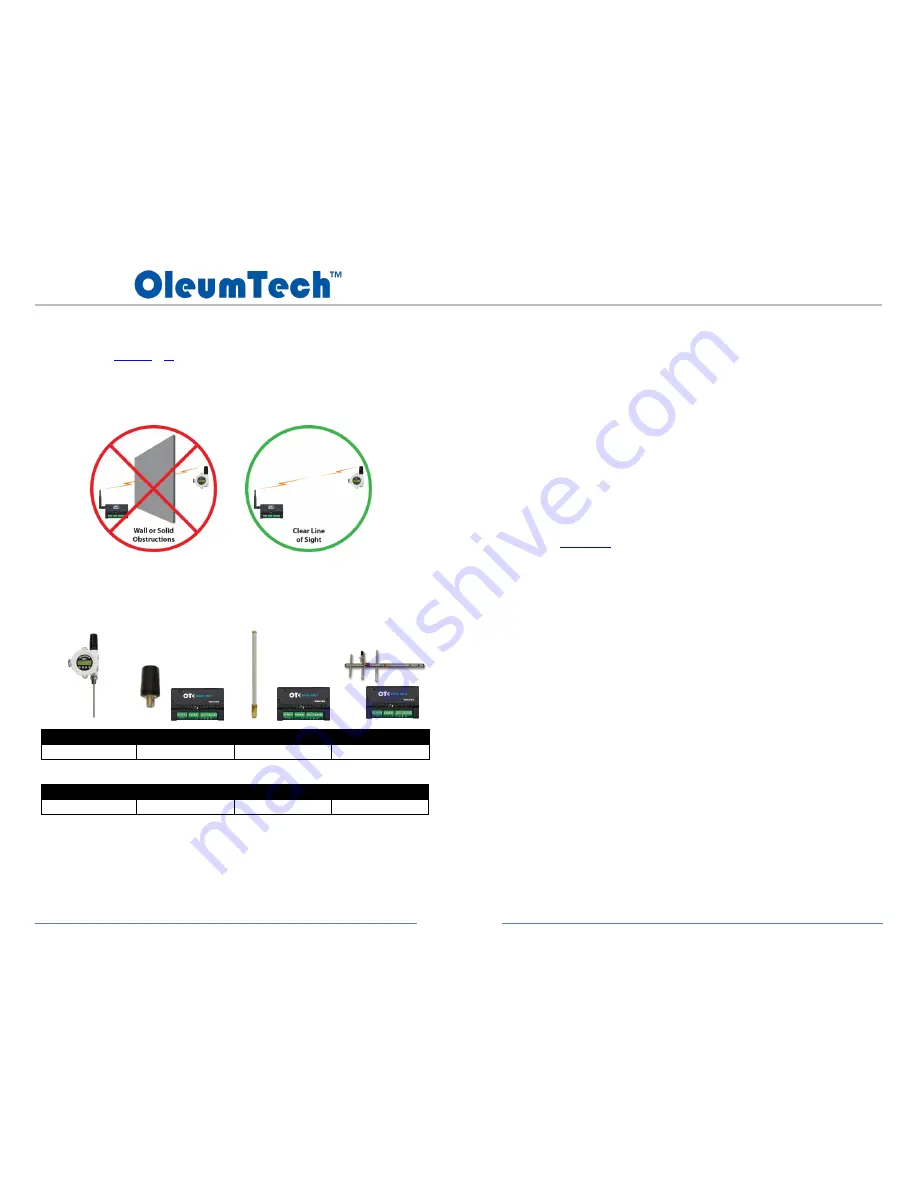
Page 21
DH1 BASE UNIT / DH2 WIRELESS GATEWAY
USER GUIDE
11.
RF SETUP
Must check
Software
&
RF
compatibility before deployment!
1. Clear Line of Sight
Clear line of sight with minimal obstructions for best wireless (RF) communication.
Performing a RF survey is highly recommended prior to commissioning.
2.
Maximum RF Range*
Below are typical RF ranges based on various types of antennas used with a
Wireless Gateway.
FREQ/TYPE
BULKHEAD 3 dB
OMNI 25" 3 dB
YAGI 6dB
900 MHz @ 10 mW
5000 ft / 1.5 Km
7000 ft / 2.1 Km
7500 ft / 2.3 Km
FREQ/TYPE
BULKHEAD 2 dBi
OMNI 8 dBi
VAGI 19 dBi
2.4 GHz @ 63 mW
3281 ft / 1000 m
3 miles / 4.7 Km
4.3 miles / 7 Km
*Field tested with clear line of sight with antennas raised to 9 to 15 ft above ground at sea
level (tested for point-to-point values only). Actual wireless RF range may vary depending on
location, antenna and cable setup, and line of sight.
3.
Use Received Signal Strength Indication (RSSI)
RSSI value can be exported as a Modbus register to monitor the RF health from end
node(s) to Gateway.
RSSI Reading: Excellent = 40-75; Good = 76-90; Weak = 91-115
4.
RF Timeout Tag
When setting up end nodes, RF Timeout tag can also be added as a Modbus register for
monitoring RF health. Timeout trigger is normally set to three times the tx interval. This
means when the data packet is missed on three consecutive intervals attempts, the RF
timeout will be flagged.
0=RF OK; 1= RF Timeout
5.
RF Refresh -
see sec. 23
6.
Maximum Number of End Node Support per Gateway
Each Gateway can support a maximum of 63 end nodes. This can be a combination
of Wireless Transmitters and Wireless I/O Modules.
The actual maximum number of End Node supported by a Gateway varies from site
to site and project to project.
Major factors that contribute to actual support of maximum End Nodes depends on
transmission frequency, RF frequency, RF propagation, RF data(bit) rate, and
physical/geographical limitation or challenges as well as RF interferences.
If a Gateway is also connected wirelessly to other Gateways for peer-to-peer data
sharing and control applications, achieving 63 maximum end node support may not
feasible due to limitation of RF budget, speed, and processing payload.
When a project requires usage of more than 10 end nodes per Gateway or is more
complex than a basic Wireless Sensor Network that involves a Gateway and a
handful of End Nodes, please consult with an OleumTech Application Engineer or a
Certified Specialist to properly commission a project.
Controlled Copy

